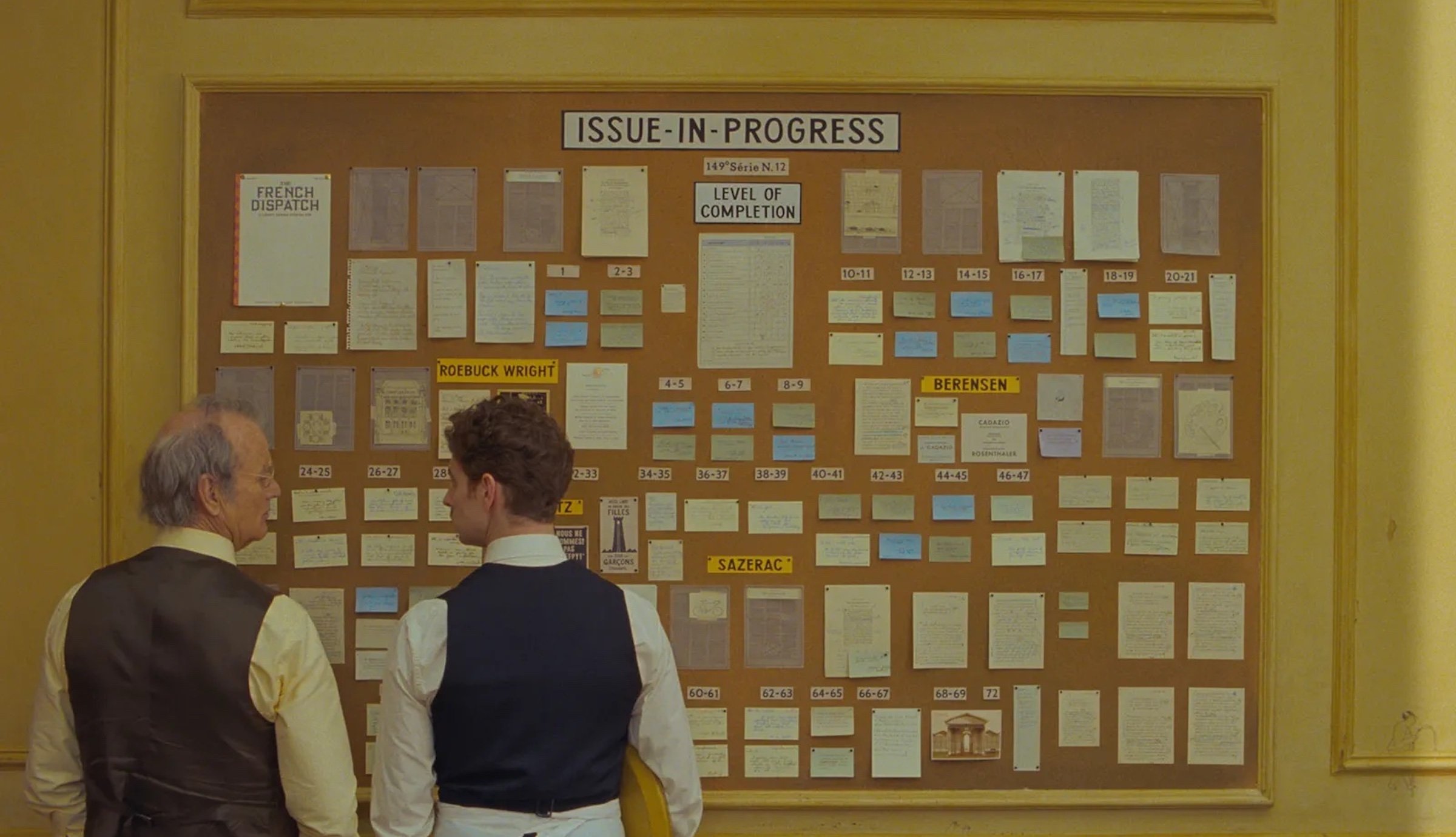Comic books and graphic novels: Creating the foundation for a film adaptation
June 21, 2022
There was once a time when only the occasional iconic superhero received the movie treatment. But in the past two decades, the popularity of the Marvel and DC film franchises has transformed the marketplace, and now comic book adaptations dominate the box office.
In fact, a screenwriter might even have a greater opportunity of selling a comic book or graphic novel adaptation of their spec script than the other way around. As legendary Hollywood producer Robert Evans once said: “Property is king”, especially if you’re a writer working in the Sci-Fi, Action/Adventure or Fantasy genres. Also, if you have a concept for a big-budget film and you’d like to visually pitch it to producers and investors, it’s more affordable to create a comic book adaptation than it is to create a teaser or trailer.
Stephen L. Stern, the creator of Zen Intergalactic Ninja and President of Storyboard Graphic Novels, has worked with Final Draft to advise on best practices relating to how to structure a comic book or graphic novel. There is approximately a one-to-one page ratio when going from a feature or TV screenplay to a final comic book or graphic novel. A single issue of a comic book rarely uses the one-to-one page ratio, so you’ll need to edit down the volume when doing an adaptation. The first step, however, is to get your screenplay into the correct comic book template. Final 12 makes the task easy and saves you hours of retyping all your script pages via its available Templates.
A Final Draft Template is a reusable document that’s formatted to industry standards or your personal preferences. To open a new blank template, simply go to File, New from Template, and from the various categories select Graphic Novels (located near the top right). Once Graphic Novels is selected, several Template options will appear below: Dark Horse Graphic Novel, Graphic Novel, Image Comics Graphic Novel, New York Film Academy Comic Book, and Plot Outline. Select the specific template you want to work with and click New (located on the bottom right corner of the window).
You can change the format of your script by applying a different Template to it. For example, you can apply the Dark Horse Graphic Novel Template to a feature or TV screenplay by going to Format > Elements > Apply a Template. You can also customize a Template by going to Format > Elements and choosing the Element you want to customize.
After selecting the Element, you can alter its font, alignment, spacing, and indentation. Once the Elements have been customized, you can clear the pages and save the new Template to your computer or the Final Draft Template menu for easy access. To delete all the text so your Template will be blank when you open it, on the keyboard press Command+A on a Mac and Control+A on Windows. Then press the Delete key. Next, save your customized template: go to File > Save as Template, choose “Add to My Templates,” give your new Template a name, and that’s it. You’ll now see your template in the “My Templates” section when you choose New from Template.
Now you’re ready to edit your document for this new medium. Writing a comic book involves more than just writing text in dialogue balloons. Like a screenplay, comic book scripts require story structuring, beats and pacing. This is done through printed page counts and dynamic panels. A panel is one still image in a sequence. Typical panel counts average between one to six per page. On rare occasions, you may even have a two-page spread of one large panel.
While feature screenplays deal with units of scenes, the comic book approach is to think of the printed page. Develop the beats of your page using panels. You may notice that some of the comic book Templates have custom Elements like Panel, Page and Sound Effects. Traditional Elements like Characters and Dialogue are still there, just with the appropriate format. After completing the scripting, go through your script and make sure it’s been converted properly with these relevant Elements.
Final Draft 12 also enables you to insert images into your script body (Insert > Image). Because page count doesn’t matter with comic and graphic novel scripts like it does with feature and TV scripts, adding images won’t affect the final product’s size. Many filmmakers are using this same approach when building “lookbooks” from their original Final Draft file. A lookbook is a collection of movie stills, photographs, or any other visuals that are compiled to illustrate a filmmaker's vision for a film. As the marketplace becomes more visually driven, using images as a sales tool is becoming more common.
After the comic book or graphic novel is complete you are ready to shop it to reps, producers, investors, or publishers, and who knows? Maybe one day an industry professional will be purchasing the film rights to your property at Comic-Con.
Watch our tutorial on Comic Book Adaptations here.
Written by: Final Draft
- Topics:
- Writing & Tools




